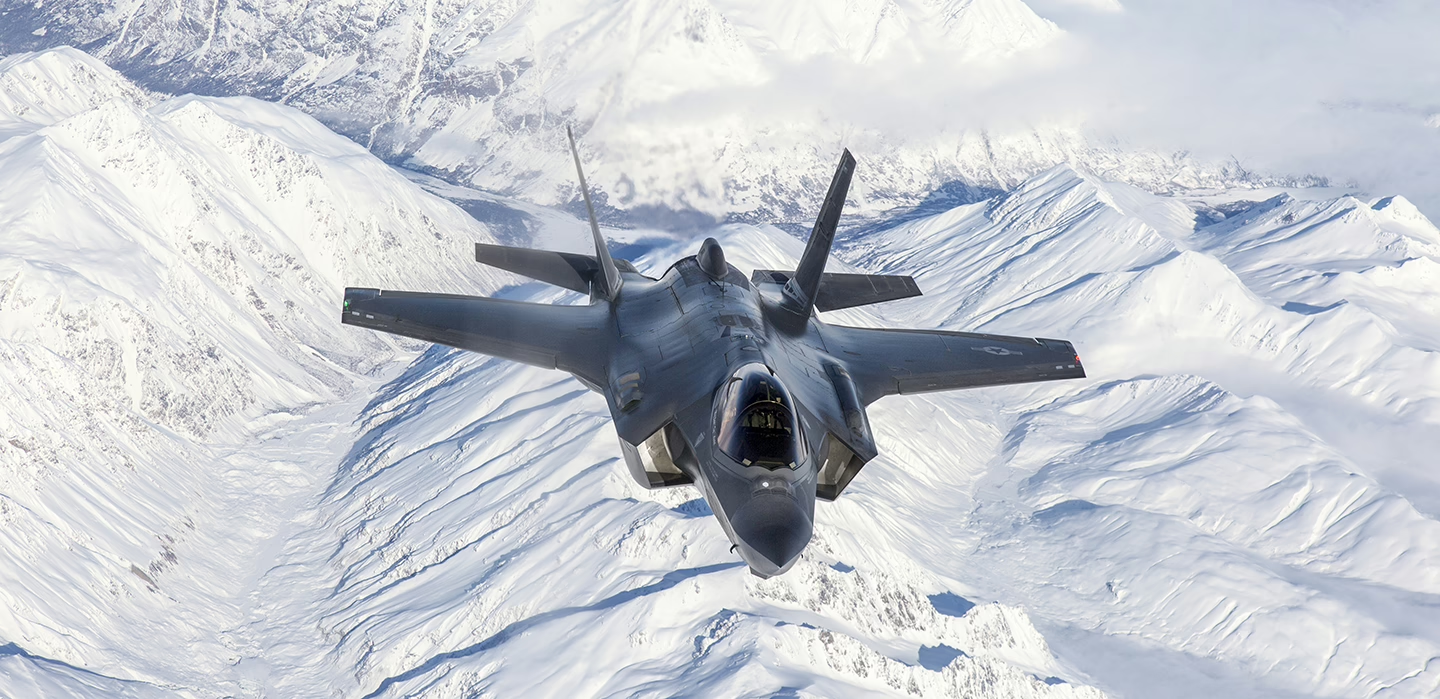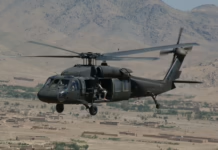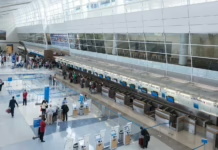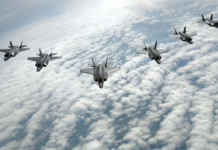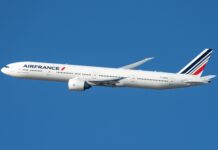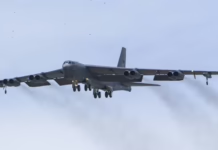Senior military officials urge swift fighter replacement while political tensions with U.S. cast doubt on 88-aircraft deal worth billions
Canada’s top defense officials voiced support Tuesday for the country’s F-35 stealth fighter program, even as Prime Minister Mark Carney weighs whether to proceed with the full acquisition amid deteriorating relations with the United States.
The Royal Canadian Air Force commander and deputy defense minister told parliament that Canada’s aging fleet of Boeing F/A-18A Hornets must be fully replaced by 2032.
“Through this project, we’re making sure that the RCAF has the capacity they need to carry out the mandate that’s been given to them by the government of Canada,” Deputy Minister of National Defense Stefanie Beck said during testimony in Ottawa on Oct. 7.
Canada selected Lockheed Martin’s F-35A in 2023, committing to purchase 88 of the fifth-generation jets. Ottawa has already funded the first 16 aircraft, guaranteeing the air force will operate at least that many stealth fighters.
The full 88-aircraft order now hangs in the balance. Canadian public support for the F-35 program has weakened as relations with Washington have reached their worst state in a century under President Donald Trump, who returned to office in January after winning the 2024 election.
Trump’s administration has launched a trade war specifically targeting Canada and made controversial statements about Canadian sovereignty.
“I am very committed to providing the prime minister with all the information he needs to make a reasoned judgment and I am focusing on doing just that,” Lt. Gen. Jamie Speiser-Blanchet, commander of the RCAF, told lawmakers.
Beck said the defense department continues moving forward with existing plans until directed otherwise.
“What we have as direction is to continue with the contract, with the arrangements we have in place,” she said. “We are full steam ahead.”
Beck emphasized that Canada’s current Hornets cannot meet the country’s defense needs.
“Quite simply our current fighter, the Hornet, does not meet the need,” she said.
Canada’s first F-35A will be delivered to Luke Air Force Base in Arizona in 2026 for pilot and maintenance crew training. The RCAF will begin bringing the fighters home in 2028.
Speiser-Blanchet has made transforming the service into a fifth-generation air force a priority. She told FlightGlobal in August that adversaries are rapidly advancing their capabilities.
“Our adversaries are advancing in their technologies at a very rapid pace, and at the moment, both China and Russia have fifth-generation fighter aircraft and fifth-generation missiles that are able to go at much greater speed and with much more lethality, that are holding Western allies at risk,” the Canadian air chief said Tuesday.
The RCAF must be able to meet obligations to the joint Canada-U.S. North American Aerospace Defense Command, which includes scrambling fighters to intercept Russian military aircraft near Alaska and Northern Canada. Canada also regularly deploys fighters to Eastern Europe for NATO air policing missions.
“We must meet our NATO and NORAD obligations concurrently,” Beck said.
Defense officials offered few details on alternative options if Carney decides against the full F-35 purchase.
Retired RCAF officers have cautioned against fielding a mixed fleet that could include a fourth-generation fighter like the Saab Gripen E/F or Dassault Rafale alongside a reduced contingent of F-35As, citing the added maintenance burden.
Speiser-Blanchet noted the RCAF will temporarily operate a mixed fleet during the transition from F/A-18As to F-35As.
“That will be a very intricate and deliberate endeavor,” she said.
The F-35 is the Western world’s only fifth-generation stealth fighter in active production. Ditching the program would leave Canada with limited alternatives.
The government had promised to deliver a report on the fighter program by the end of summer, a deadline that has passed.
Thirty Canadian companies hold contracts to supply parts for new F-35As, with additional contracts for maintaining operational aircraft. Stephane Van de Maele, a policy advisor to Speiser-Blanchet, said in an Oct. 8 LinkedIn post that 75% of F-35 costs relate to maintenance and upkeep, most of which will be done in Canada.
Van de Maele also dismissed claims that Washington can remotely disable allied F-35s.
“There’s no kill switch,” Van de Maele said.
Unsubstantiated rumors about a so-called F-35 kill switch circulated widely online earlier this year before being denied by the Pentagon, Lockheed and several European governments.
Canada’s inspector general is scheduled to appear before parliament on Oct. 21 to discuss the latest review of the country’s fighter modernization plans.

Key Takeaways
- Canada’s top defense officials backed the F-35 program Tuesday, saying the country must replace its aging F/A-18A Hornets by 2032 to meet NATO and NORAD obligations against advancing Chinese and Russian capabilities.
- Ottawa has funded 16 F-35As but Prime Minister Mark Carney must decide whether to proceed with the full 88-aircraft order amid deteriorating U.S.-Canada relations under President Donald Trump.
- The F-35 is the Western world’s only fifth-generation stealth fighter in production, leaving Canada with limited alternatives if it cancels the program.
- Thirty Canadian companies hold F-35 supply contracts, with 75% of program costs tied to maintenance work performed domestically.



